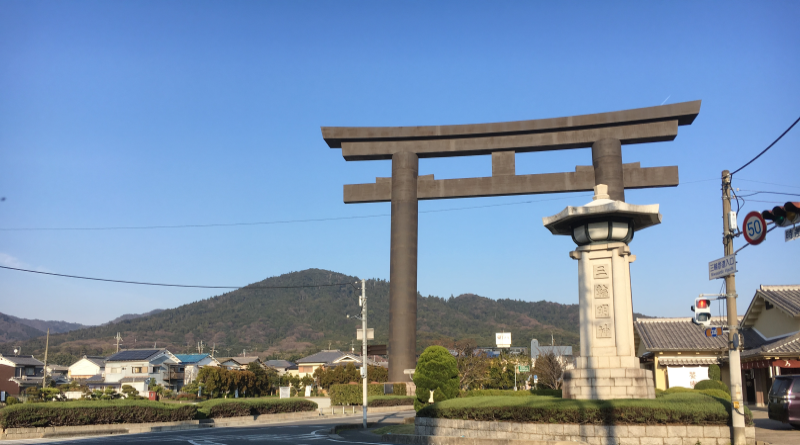
Japan’s Sacred Mount Miwa
Mount Miwa, also known as Mt. Mimoro, is unequivocally one of the most sacred places in Japan. Although Mt. Miwa is only a mere 467m tall, this mountain is said to contain the soul of Omononushi, a very influential god in the Japanese mythology, Kojiki. In fact, for centuries this mountain was such a scared religious site people could not enter it. Today, as long as you follow some very simple rules you can climb the mountain. It is paramount, however, that anyone who wishes to climb Mt. Miwa always keep in mind that this is a serious religious site.
If you don’t know who is Omononushi, read our post: Oh God! The tales of Omomomushi !
Path up Mount Miwa
Before climbing the mountain you must first visit Sai Shrine, one of the small shrines at Omiwa Shrine. Sai Shrine is located a few minutes away from the haiden of Omiwa Shrine. Make sure to visit Omiwa Shrine before visiting Mt. Miwa!
To get to Sai Shrine head towards the ceremony hall on the north side of the haiden (i.e. the left hand side) then follow a small path called Kusuri Michi [くすり道] up the side of Mt. Miwa and you will be at Sai Shrine in no time.
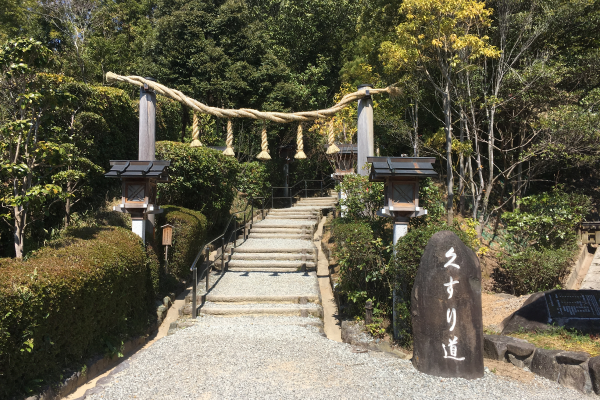
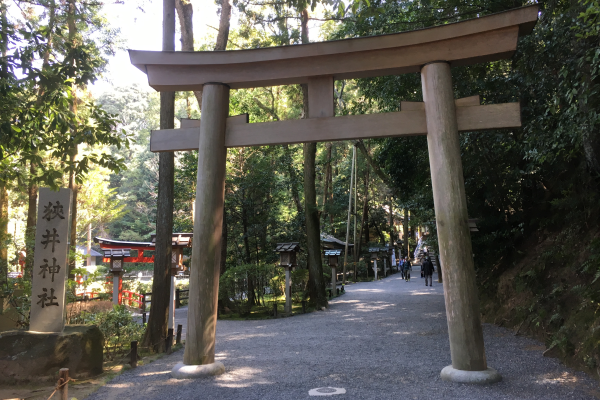
Built sometime around 1 B.C.E, during the reign of Emperor Sujin, Sai Shrine [狭井神社] is next to the entrance of Mt. Miwa.
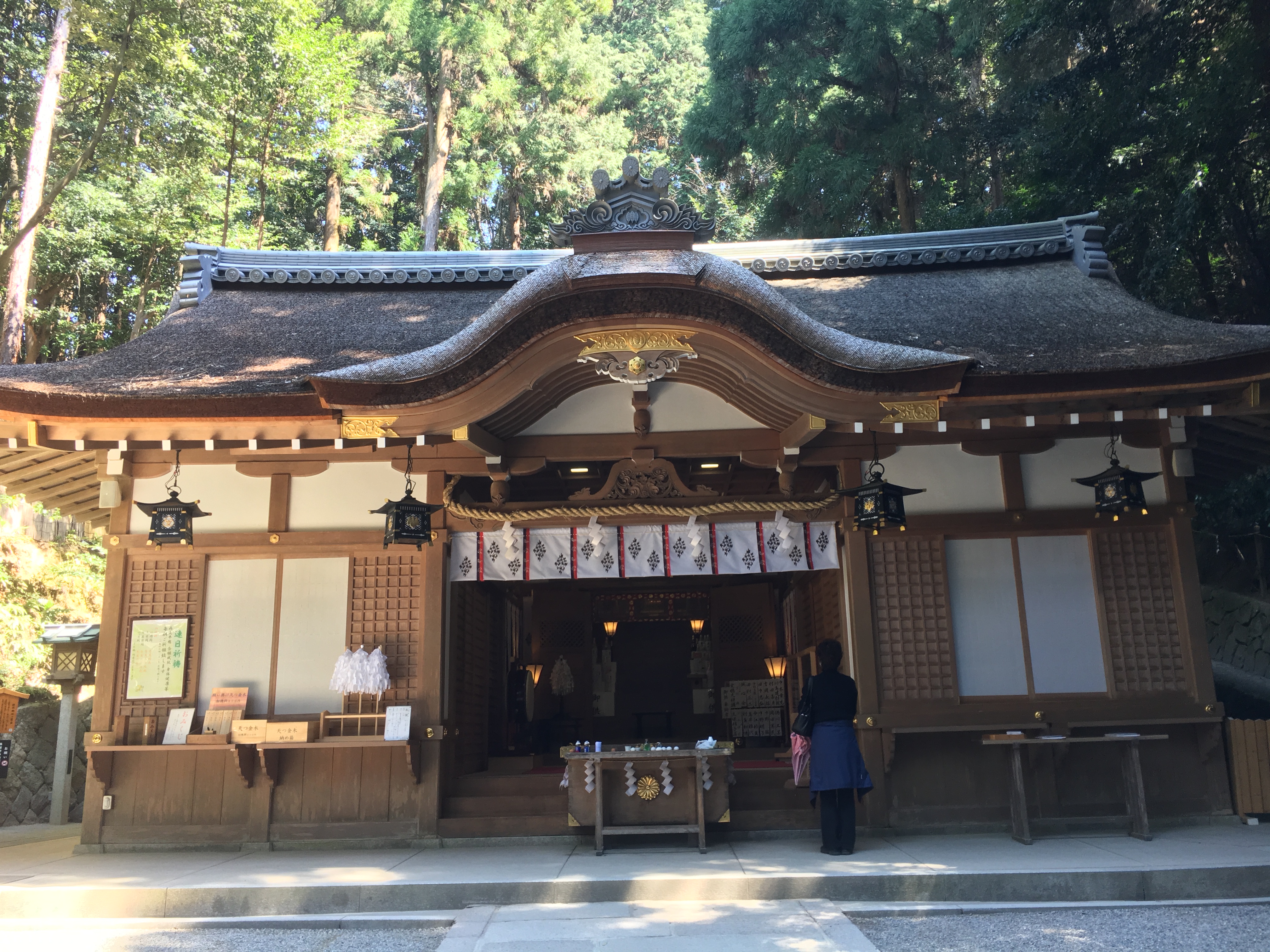
After you pay your respects at the haiden of Sai Shrine, head to the back of the shrine where you can try some of the mountain’s very own natural spring water. Supposedly, this water has the power to cure any illness, so be sure to bring an empty bottle so you can carry it while you are climbing Mt. Miwa. (The water fountain is currently suspended)

Walking up Mt. Miwa
One does not simply walk up Mt. Miwa. First, you must obtain permission from Sai Shrine’s office. After informing the shrine you wish to climb the mountain, you will receive a form to fill with your personal information. After filling in the form, you will get a white tasuki that you need to wear while climbing Mt. Miwa. White is a symbol of purity in Shinto and pilgrims throughout Japan often wear white when they visit religious sites.
Many people choose to walk up the mountain barefoot, so they can absorb Omononushi’s strength. There are even coin lockers for your shoes and other belongings at Sai Shrine.

You will also get a short explanation of the rules you MUST follow while you are on the mountain.
These rules include:
・ You must be able to understand Japanese. If you do not, you must be accompanied by someone who does.
・ A phone with service in Japan
・ You are only allowed to climb from the hours of 9:00-14:00.
・ Eating and drinking (other than water) in the mountain is not permitted.
・ Taking pictures on the mountain is prohibited.
・ It is forbidden to pick or remove any of the flora on the mountain.
We’ve mentioned how important it is to follow the rules while visiting Mt. Miwa and we can’t stress it enough. Since this is such a sacred place, it is important for visitors to be as respectful as possible.
Once you have all the paperwork done and your tatsuki on you are ready to go!
Don’t Forget! Before going up, you must purify yourself.

All ready to go!
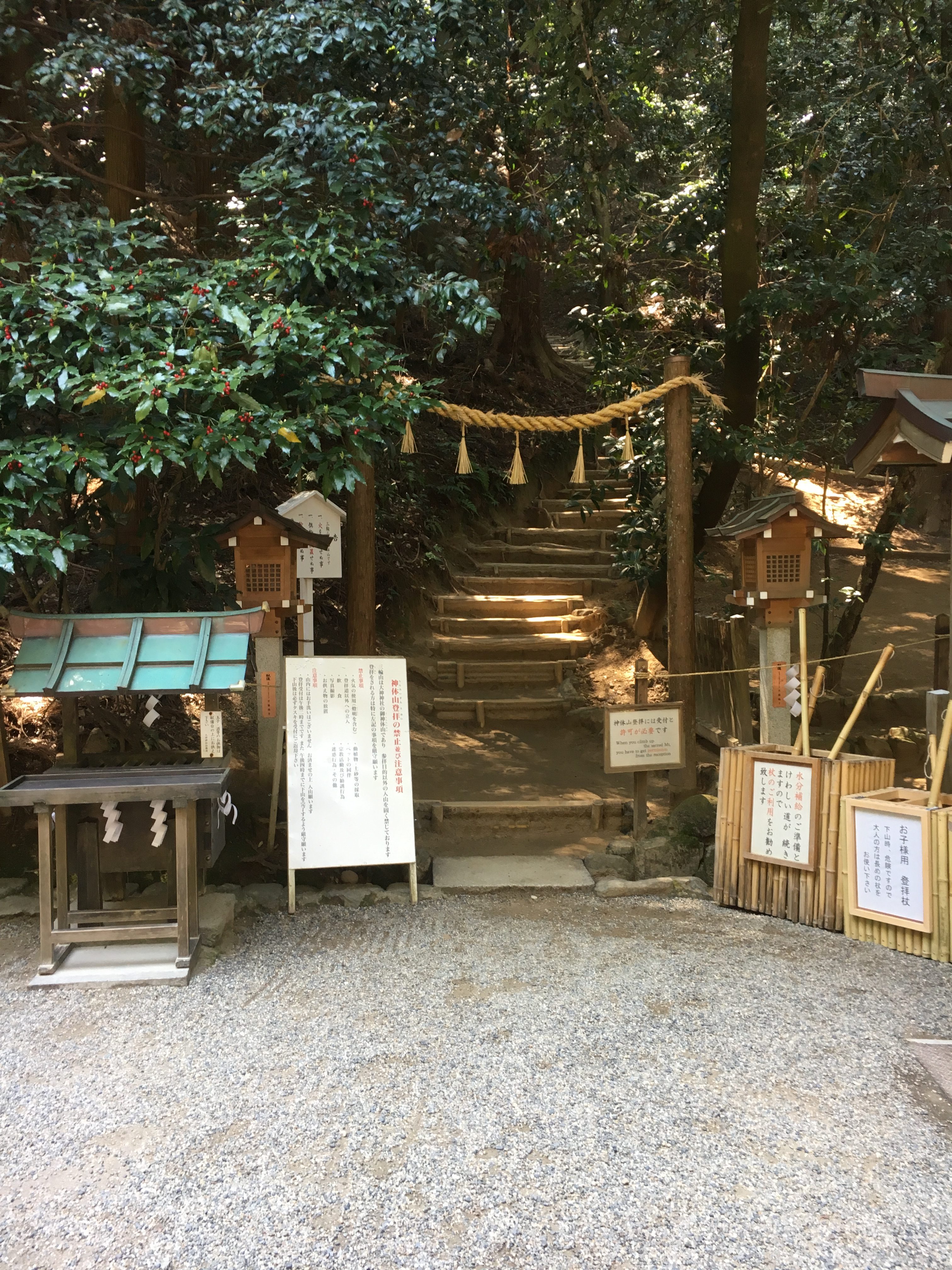
Unfortunately, we do not have any pictures to share of our climb up Mt Miwa but we really enjoyed it!
We encourage people to go to Mt. Miwa and experience it for themselves! This mountain is very special, and getting permission to set foot on what is essentially a god is humbling. I often hear of people wanting to come to Japan to feel how different things are from there home country—to see and experience another culture’s history and background, and I think visiting Mt. Miwa is a perfect way to be apart of something precious to the heart of Japan’s mythological past.
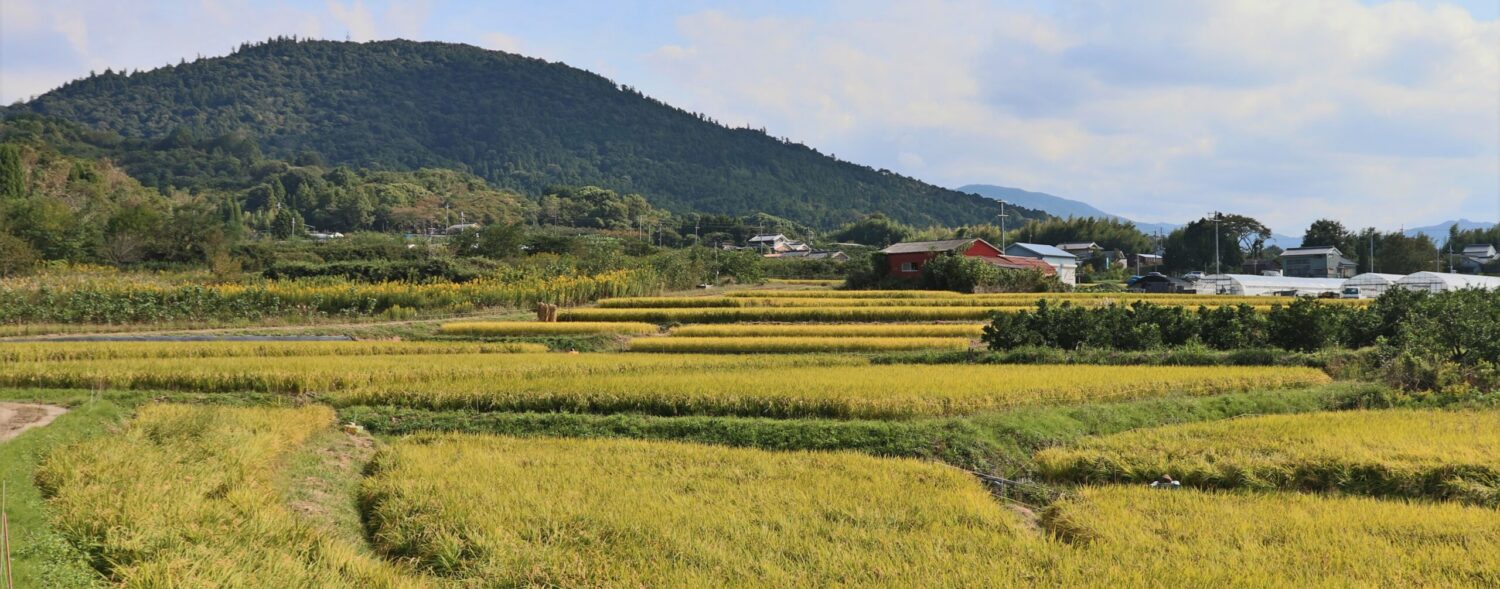
Leave a Reply